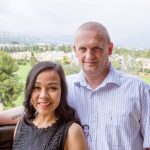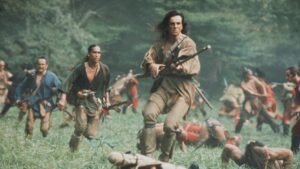The 5 most beautiful out-of-the-way places in Andalusia
21st June 2022
7 min. read
2185

The natural and cultural splendours of Andalusia are justly famous all over the world. The Alhambra Palace, Sierra Nevada, Seville, the Mezquita of Córdoba, Úbeda and Baeza, Cabo de Gata, Marbella’s beaches, the wild Costa de la Luz or Jerez de la Frontera, all see hordes of visitors. But do you know there are some magnificent sights to discover off the beaten track, all over this vast region? Here is a selection of some of the most stunning attractions.
Desert of Tabernas and mini-Hollywood, Almería
When Sergio Leone was scouting for locations to shoot his Spaghetti Westerns in the mid-1960s, he didn’t head to the Mojave or Sonoran desert in the American West. He chose an area practically on his doorstep, the only desert in Europe: Tabernas, in the province of Almería, at the eastern edge of Andalusia. Clint Eastwood, Henry Fonda and other stars shot many iconic movies there, including A Fistful of Dollars, The Good, the Bad and the Ugly, and Once Upon a Time in the West.
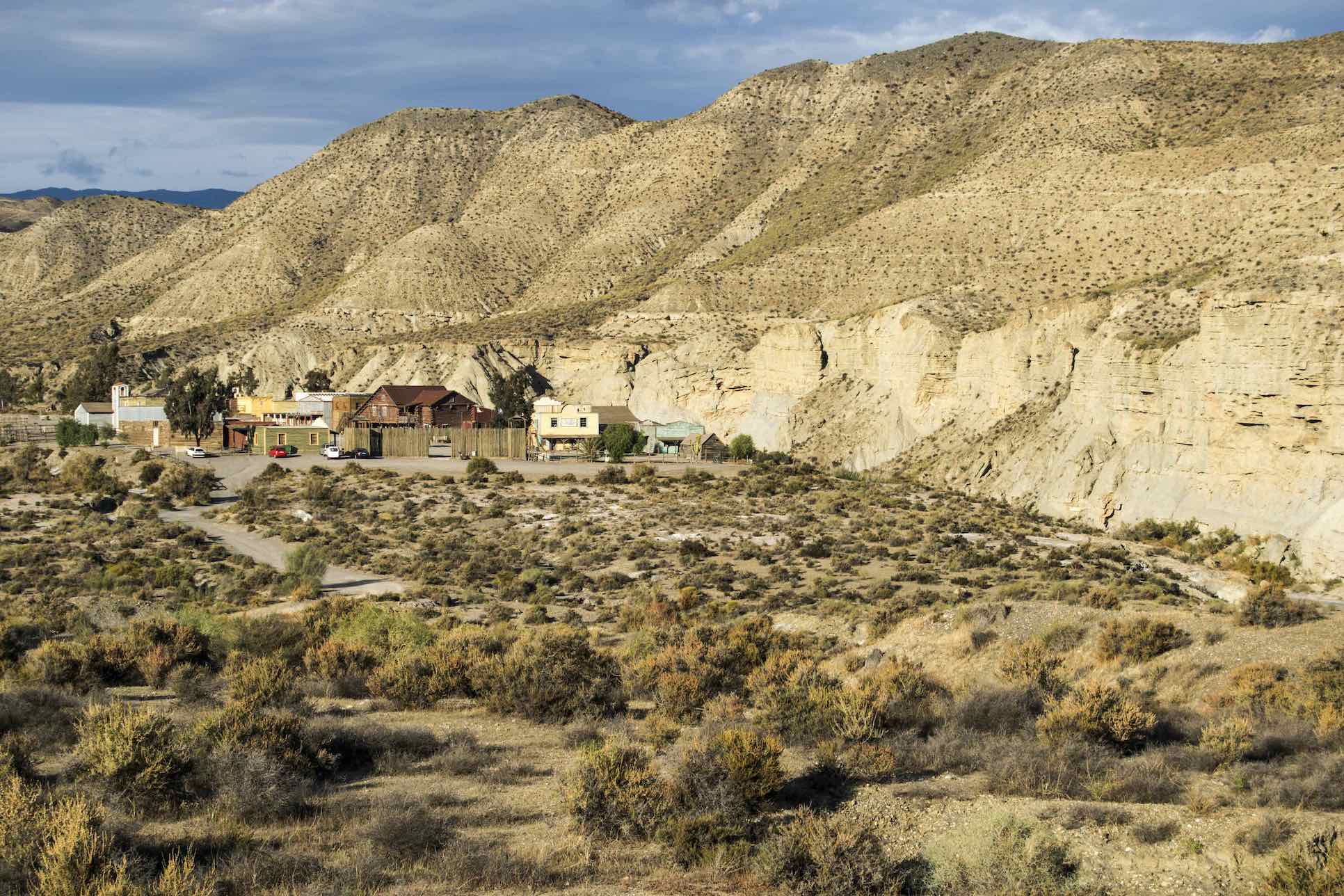
Today, Tabernas, known as mini-Hollywood, is still a filmmakers’ paradise, with its arid landscapes and desolate canyons. Western-style villages, with make-believe cowboys (but real horses), dot its lunar setting. It’s an ideal day out from Almería or Granada or two days from further afield. Take the children and enjoy a Western show, go horse-riding across the desert (don’t forget your Clint Eastwood squint!) or hike to the Gypsum Karst of Sorbas, with its cave rock formations.

Guadix and the Troglodyte Houses, Provincia de Granada
Guadix is one of the strangest towns in Spain. Nestled in the Sierra Nevada’s northern foothills, its most enduring sights are the troglodyte houses, homes built directly underground or in hillsides. Many inhabitants of Guadix and surrounding villages have been living in such cave dwellings since before the Romans set foot in Spain. It’s well worth booking a troglodyte B&B and enjoying the cool air of an underground house when the outside world is baking.

The town itself is charming, filled with cafes and chatty locals. It boasts many ancient churches, winding streets, and a Moorish fortress. A few miles out of town, you can visit the Castillo de Calahorra, one of the earliest examples of Italian Renaissance architecture outside of Italy, built in the early 16th century by a Spanish knight and suitor Lucrezia Borgia.
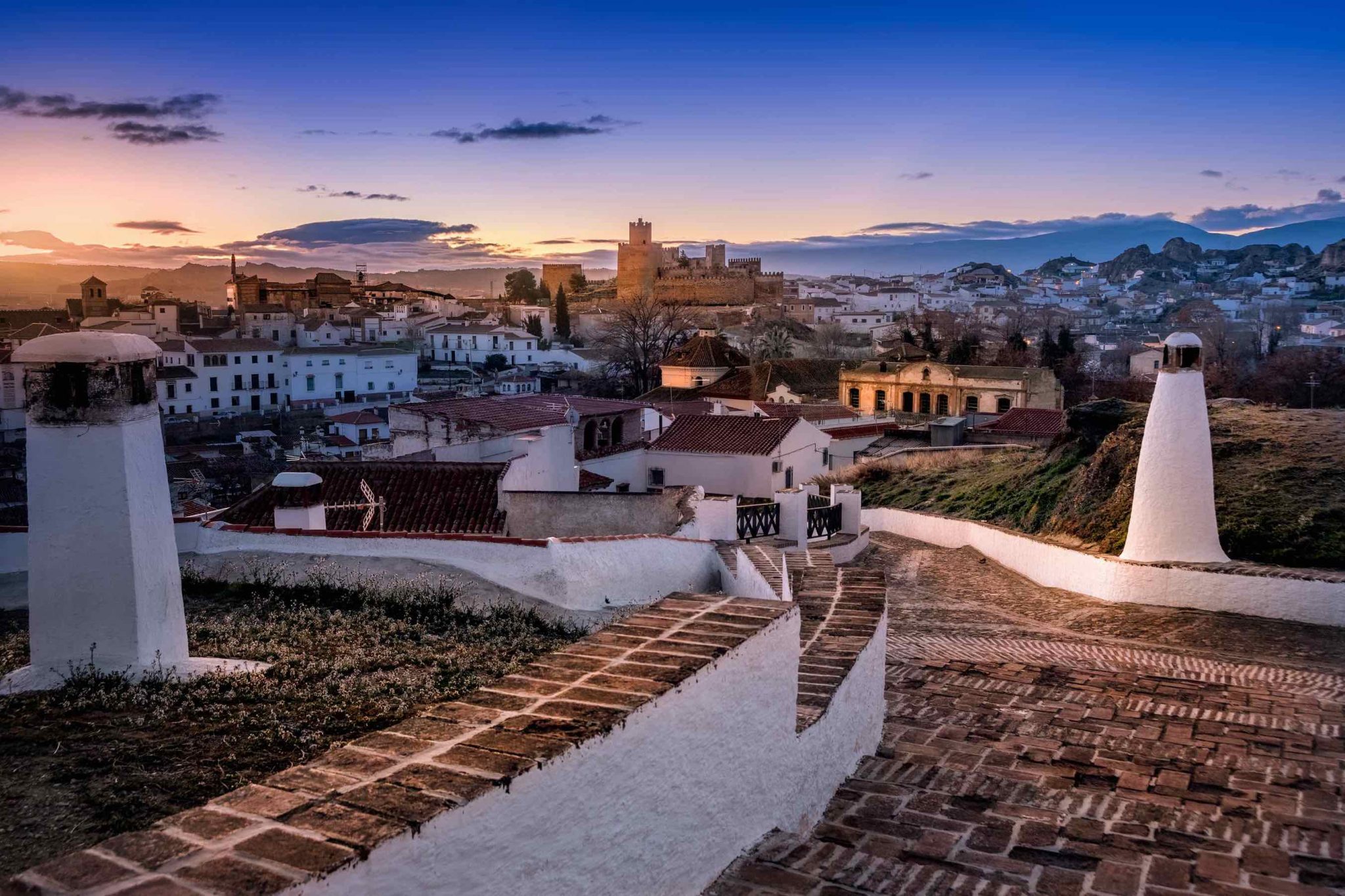
Antequera and el Torcal de Antequera, Málaga
Time-travel three millennia back and you reach Antequera, one of the earliest known towns in Spain. It was already thriving when the Phoenicians first arrived there from the coast and old by the time the Romans conquered Spain. Nowadays it’s a prosperous town, at the crossroads of the large Andalusian centres of Granada, Málaga and Cordoba.

For a small city, it boasts an impressive number of monuments dating far back into prehistory up to modern times. From the megaliths at the UNESCO World Heritage Site of the Dolmens to the ruins of Roman baths and villa, the Alcazaba Moorish fortress, to fine 16th century Mudejar and Baroque churches and convents, right up to the modern bullring, it caters to all tastes. Taste is also what you’ll find in the city’s quaint bodegas, which serve Andalusian food and fine local wines.

If you’re more of a nature lover, Antequera is the base for several out of town excursions, notably El Torcal de Antequera, a natural park where you’ll discover some of the most astonishing limestone formations in Europe. Three paths, ranging in difficulty from easy to moderate (the longest is 4.5 km), take you around the twisted and rounded rocky shapes that dot the scrub landscape. El Torcal lies within the Antequera Dolmens Site so that you can kill two birds with one (very large) stone.

An oasis in the city: Sotos de la Albolafia, Córdoba

Córdoba is a busy city with the familiar Andalusian mix of very ancient, merely old, and comfortably modern. If you visit it in March-April, the sweet smell of orange blossoms fills the town, and wandering about the streets and drinking coffee by a roadside terrace is a delight.
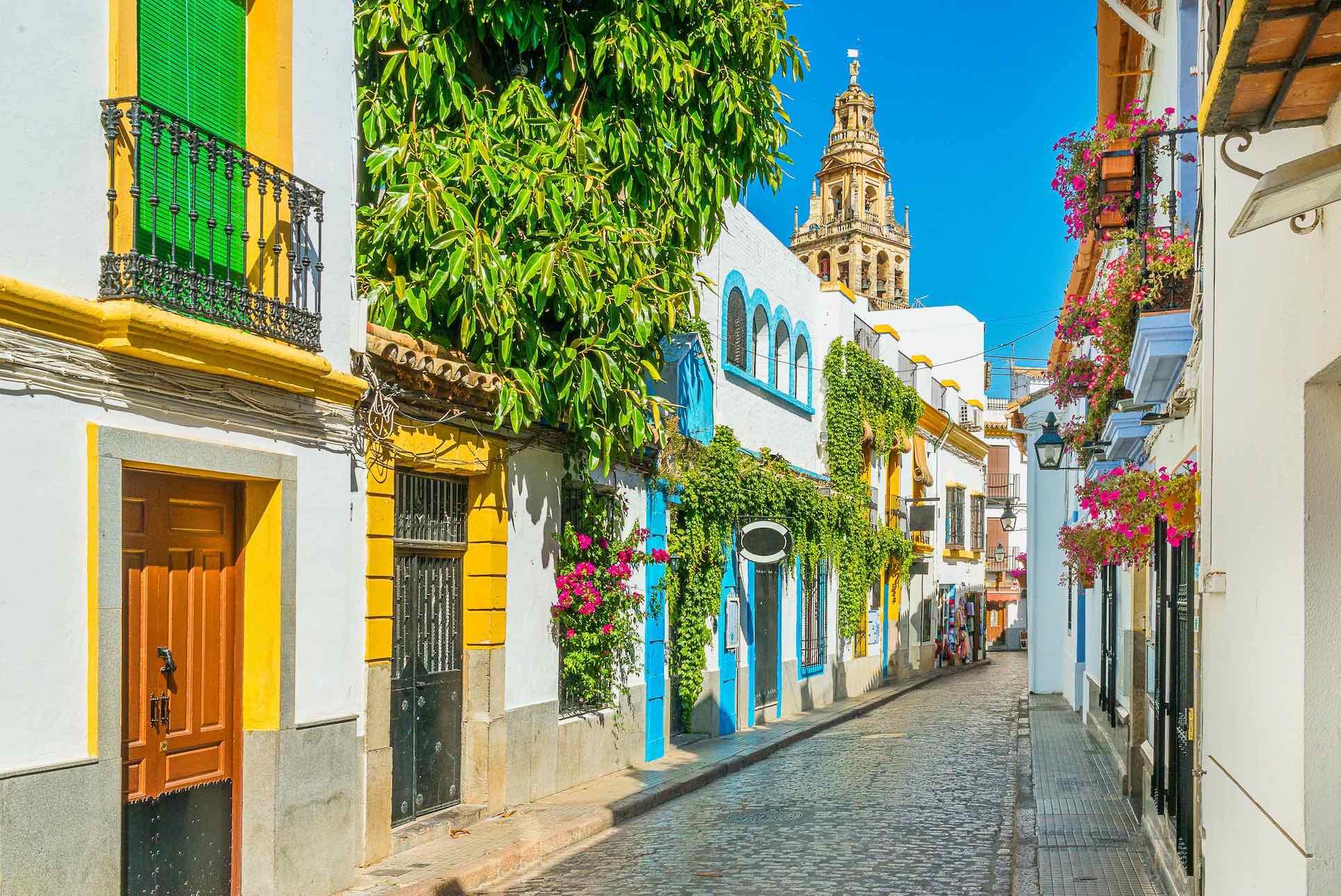
Most people visit Córdoba to discover world-famous monuments, such as the Mezquita, once one of the most beautiful mosques in the world and now a cathedral. But few know that in the heart of the city lies a natural jewel, Sotos de la Albolafia.

Hidden in dense vegetation, on islands of the Guadalquivir, Sotos de la Albolafia is the winter or year-round home to many birds, including herons, osprey, giant cormorants, and white storks. In spring, the flora adds to the charm with oleander blossoms and lilies. The area takes its name from the mills that still stand on the islands, including a Moorish waterwheel. After your main sight-seeing in Córdoba, on hot and crowded day, stroll across the Roman Bridge or the San Rafael and enjoy some restful birdwatching.
Doñana National Park: birdwatching and el Rocio in Huelva
Birdwatching is not the sideshow in Doñana National Park in Huelva: it’s the main attraction. One of Europe’s last wildernesses and largest wetlands, the large national park lies at the intersection of three Andalusian provinces – Huelva, Seville, and Cadiz. Half a million birds live there – permanent residents and migrating birds in winter – and the area is famous for its flights of pink flamingos taking off from marsh lakes. It’s also home to rare wildlife, such as the Iberian lynx and the Spanish Imperial Eagle.

Rocio, a pretty idiosyncratic village on the edge of the park, is a quaint place to stay if you intend to visit the park, and has many B&Bs or self-catering homes. It’s quiet – unless you decide to mingle with the million pilgrims that descend on it around the time of Whitsun (Pentecost).

Other back-country delights: Frigiliana (Malaga), Alhama de Granada (Granada), Alcala La Real (Jaen), the ruins of Italica (Seville), Pueblos Blancos (Cadiz), Sierras Subeticas (Cordoba).

Lloydie Gardiner
Hemel Hempstead, Hertfordshire
Not Just Travel - Chantira Travel
01442 564422
lloydie.gardiner@notjusttravel.com
Specialist Area:
All Inclusive, Beaches, Cruise, City Breaks, Family, Luxury, Romantic, Self Drive, Ski
View ProfileRelated Articles
Related News
Related Offers
SIGN UP FOR OUR MAILING LIST
Enter your email address and receive daily or weekly updates with the latest articles, news and videos.Copyright © 2021 Experienced Travellers Ltd. Experienced Travellers Ltd is not responsible for the content of external sites. Read about our approach external linking.

